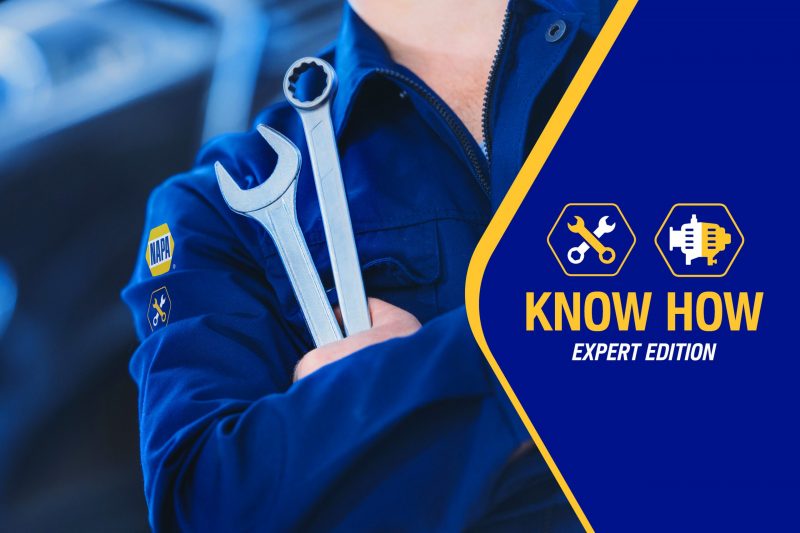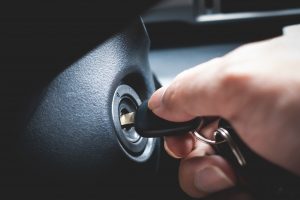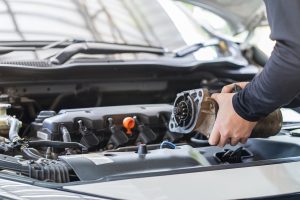
Know How – Expert Edition – Starter Motor Diagnosis
22 Nov 2021
Category:
With MATT MASTERS
Rounding out his spotlight series on rotating electrics, Matt Masters applies his technical talents to an Expert Edition feature on the basics of starter motor diagnosis. With years of experience under his belt, Matt knows what makes rotating electrics spin and is always willing to share his NAPA Know How. If you would like to learn more about starter motors and other parts from the the technical team, contact the NAPA helpline at 03333 136597.
INTRODUCTION
When troubleshooting a starter motor, narrowing down the source of a potential fault can be daunting. The problem can be as simple as loose wiring or as costly as replacing other components, but the bottom line is that accurate diagnosis can make all the difference. For a few quick tips on starter motor diagnosis, NAPA Know How is here to help.
Reasons for failure
Most starter motor failures manifest when trying to turn the engine:

Engine does not crank when ignition key is turned, starter makes no sound:
- Battery in low state of charge
- Possible Ignition key switch or starter fault
- Connections are loose, broken or corroded
Starter clicks when key is turned, but engine does not crank/cranks slowly:
- Battery in low state of charge
- Possible starter fault
- Connections are loose, broken or corroded
Engine turns over, but piston remains in mesh:
- Ignition key switch held in “start” position
- Ignition key switch, wiring or starter fault
- Faulty starter/solenoid or damaged pinon/flywheel
Engine turns over, but will not start:
- Battery in low state of charge
- Possible fuel/ignition problem
Troubleshooting

A battery condition tester can be used to test for a low or poor charge. When measuring open-circuit battery voltage, a reading of 12.5V or greater indicates a charged battery. Anything less means your battery is faulty or depleted.
With a multimeter or test light, you can check to see if the starter is receiving a signal from the solenoid. When the ignition key is cranked, you should receive a battery voltage reading (or the test light should illuminate).
You can also test the Earth for an ideal resistance between 0 and 0.5mm ohm. Cleaning or replacing Earth connections could be a solution to a starter fault. Always make sure to check the condition of the other connections to the starter as well – some faults can be the result of a loose wires or corrosion.
DID YOU KNOW?
Excessive heat can be generated if the starter is continuously engaged, which may lead to internal damage. This could be due to faults such as freezing weather, damaged pinion/flywheel teeth, faulty wiring or a sticking solenoid.
Chevrolet Spark Clutch Fitment Guide
A rattle generated from the clutch fork/release bearing area may be evident after a new...
Read MoreKia Sportage Clutch Fitment Guide
When installing a new clutch kit to the Kia Sportage CRDI (1.7, 2010-2015), you may...
Read MoreFuel Filter Fitment Guide - NFF2122
When replacing the fuel filter, it’s important to ensure correct fitment is followed. Keep the...
Read More